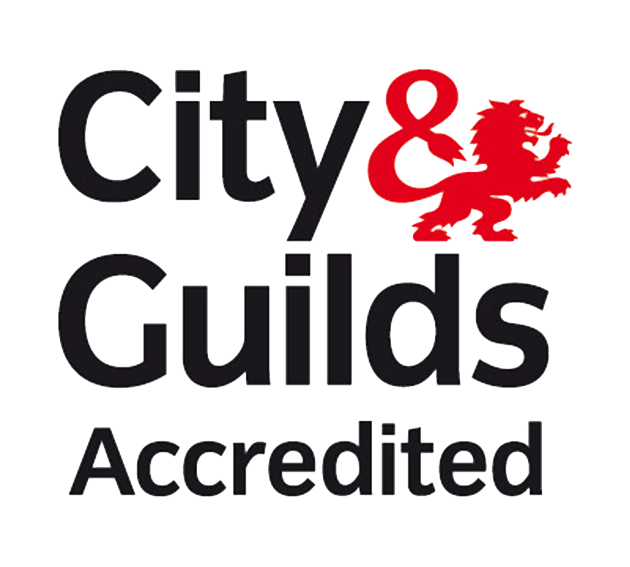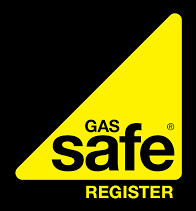Power Flushing for Central Heating Systems
Power flushing is a procedure carried out by central heating engineers to remove sludge build-up in the boiler, pipes, and radiators that make up your whole heating system. To dislodge any build-up of sludge, rust, and other debris, a power flushing unit sends water at high speed through your entire heating system. This helps to enhance the efficiency and lifespan of the boiler and central heating system while also preventing breakdowns. Regular upkeep (including power flushing) is the best approach to maintain your system in good shape.
What Does the Power Flushing Process Entail?
A "pumping station" is a powerful machine that is used to remove dirty water and sludge while introducing clean water. Before the equipment is connected, the engineer will add a chemical to the system to break down the sludge in the heating system. There are several stages in the power flushing procedure, and your engineer will most likely need several hours to complete it all.
Step One
Following the installation of the equipment, the engineer can spend up to a minimum of 90 minutes to a full working day flushing the entire system (both directions), depending on the state of the central heating system.
Step Two
The chemical neutraliser will be added after the system is cleared. The PH balance should then be checked to ensure that the system isn't excessively acidic, as excessive acid might cause internal corrosion.
Step Three
Your engineer will add a dose of "inhibitor" fluid to the system. This prevents corrosion and, in some cases, sludge from re-accumulating in the central heating system. The whole procedure might take all day, depending on the size and condition of the system.
When is Power Flushing Needed?
The following are some of the most common symptoms that your central heating system might require a power flush:
- Radiators with only a hot strip at the top
- Black, dirty water in the heating system
- Poor circulation
- Magnets attaching to copper pipe-work (will show signs of iron sludge)
- Overflowing attic header tank
If you're getting a new boiler and your old central heating system has old-style radiators, a power flush is part of the manufacturers instruction and can invalidate warranty due to flush not being done. Most common faults on new boilers are due to sludge in the system. Your boiler engineer can do visual and chemical inspections to determine the PH balance and levels of corrosive elements in the system. Whether a full power flush is required depends on the results of these tests.
A ‘dynamic flush', which uses clean mains pressure water, is sometimes sufficient in place of a full power flush. It's necessary with every new boiler installation that the entire system be fully flushed, although not always ‘power flushed’.
Experienced Power Flushing Engineers
At MaPlumb, we have years of experience in power flushing and have the equipment and expertise to ensure that your central heating system is running as efficiently as possible. We'll be able to advise you on the best course of action after a visual inspection and tests of the water in your system.
Is Power Flushing Always the Solution?
Power flushing will not repair a damaged component in your boiler or any other part of your central-heating system if there is one. Power flushing may help to improve the efficiency of your system and keep it functioning effectively, but it can't fix broken valves caused by sludge in the process, for example.
Also, power flushing will not fix a pressure loss. This generally indicates a leak in the system - and it might have occurred as a result of inefficient operation, but power flushing will not address the problem on its own.
Power flushing is most effective if it is carried out on a regular basis after the installation of a system. If you have an older boiler and system (if it's more than 8-10 years old), power flushing may be the first port fo call before replacing expensive components such as the boiler and components.
Will Power Flushing Remove all of the Dirt in a Central Heating System?
It will remove a significant amount of it, but it will not be able to get rid of all the sludge in the system. If your system is quite old or very heavily silted up, power flushing might not be enough to solve the problem. If you have a gas combi-boiler, ask your engineer to take out and clean both sides of the hot water heat exchanger before reinstalling it into the boiler.
Many people don't realise how important it is to power flush their central heating systems. Over time, your system can become clogged with dirt and debris, which can
reduce its efficiency and increase your energy bills. Not only will this save you money on your energy bills, but it can also extend the life of your system. If you're not sure whether or not your system needs a power flush, get in touch with us today. We can assess your system and let you know if a power flush is right for you.






